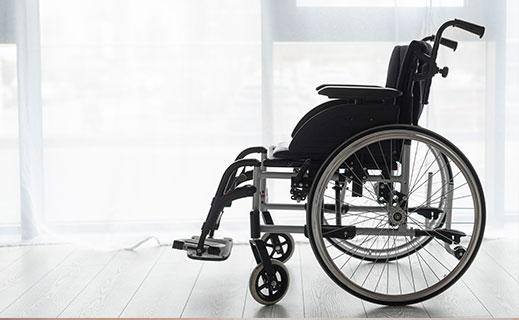What do you think about visiting a large castle? Experiencing train rides through the beautiful countryside? Discovering the secrets of distilling whiskey? Spending an afternoon in a gallery or museum? Exploring the coasts? An evening at the theater? Wild water rafting? A shopping expedition? Wheelchair accessible Scotland offers it all and so much more!
WHEELCHAIR ACCESSIBLE SCOTLAND
TOP DESTINATIONS IN SCOTLAND
What to see
Scotland has many destinations that are worth a visit. Besides the gorgeous nature, some cities will leave you with a wonderful impression.
Edinburgh is not only the capital of Scotland but also a leading festival city for the world, home to phenomenal summer festivals, and a UNESCO World Heritage Site.
The city offers many medieval houses, narrow alleys in the Old Town and the sweeping elegance of Georgian New Town. There is no doubt that Edinburgh deserves its reputation as one of the most impressive and enchanting cities in the world. Other than that, Edinburgh offers a special range of events, fantastic shopping, world-class dining, a fantastic bar and cafe culture, a diverse art scene, spas to relax, and beautiful green areas to unwind. A holiday to Edinburgh is pure enjoyment.
Another wonderful city to visit in wheelchair accessible Scotland is Glasgow. It is, without a doubt, one of the most exciting cities you will ever experience. Scotland’s largest city is a lively, vibrant place, distinguished and full of character. Perhaps one of the best things to do in Glasgow is simply looking around and enjoying the many different styles of architecture. Besides that, it is hard to resist the allure of the many, many shops in Glasgow. Other than London, it is the top shopping destination in the UK.
About Scotland
Scotland is an extraordinary place where you discover gorgeous nature, interesting history, wonderful people, and so much more!
Towering mountains, glittering lochs, thick forests, and mile after mile of golden beaches. the Scottish landscapes are truly breathtaking. The landscape in Scotland is generally divided into three areas: the Southern Uplands, the Central Lowlands or Midland Valley, and the Scottish Highlands. The mountains of the Southern Uplands are rounder and not as high as the mountains of northern Scotland. In the southwest, you find the Galloway Hills where mountains such as the Merrick, the Criffel, and the Cairnsmore stand out prominently. Galloway also has forests, moors, and a rugged coastline.
January and February are generally the coldest months in Scotland when temperatures fluctuate between 5 and 7 degrees Celcius. July and August are normally the warmest months in Scotland, with an average temperature of around 19 degrees Celcius. An old Scottish saying says, “Bad weather does not exist, just the wrong clothes!” But if it rains, you find enough galleries and museums where you can spend a day.
The official language that dominates in Scotland is a form of Standard English, also known as Standard Scots. Scottish English is a strong, locally different dialect. An obvious difference with Standard English is how the “r” rolls.
Scotland has its version of the British pound, the Scottish Pound. Moreover, one Scottish pound is equal to one British pound. In Scotland, you pay with cash, your debit card, or credit card. The big shops and many restaurants accept debit cards. So you do not need to carry large amounts of cash with you. Almost all shops and especially the larger supermarkets, petrol stations, and hotels accept the most common credit cards (Visa and Mastercard).




